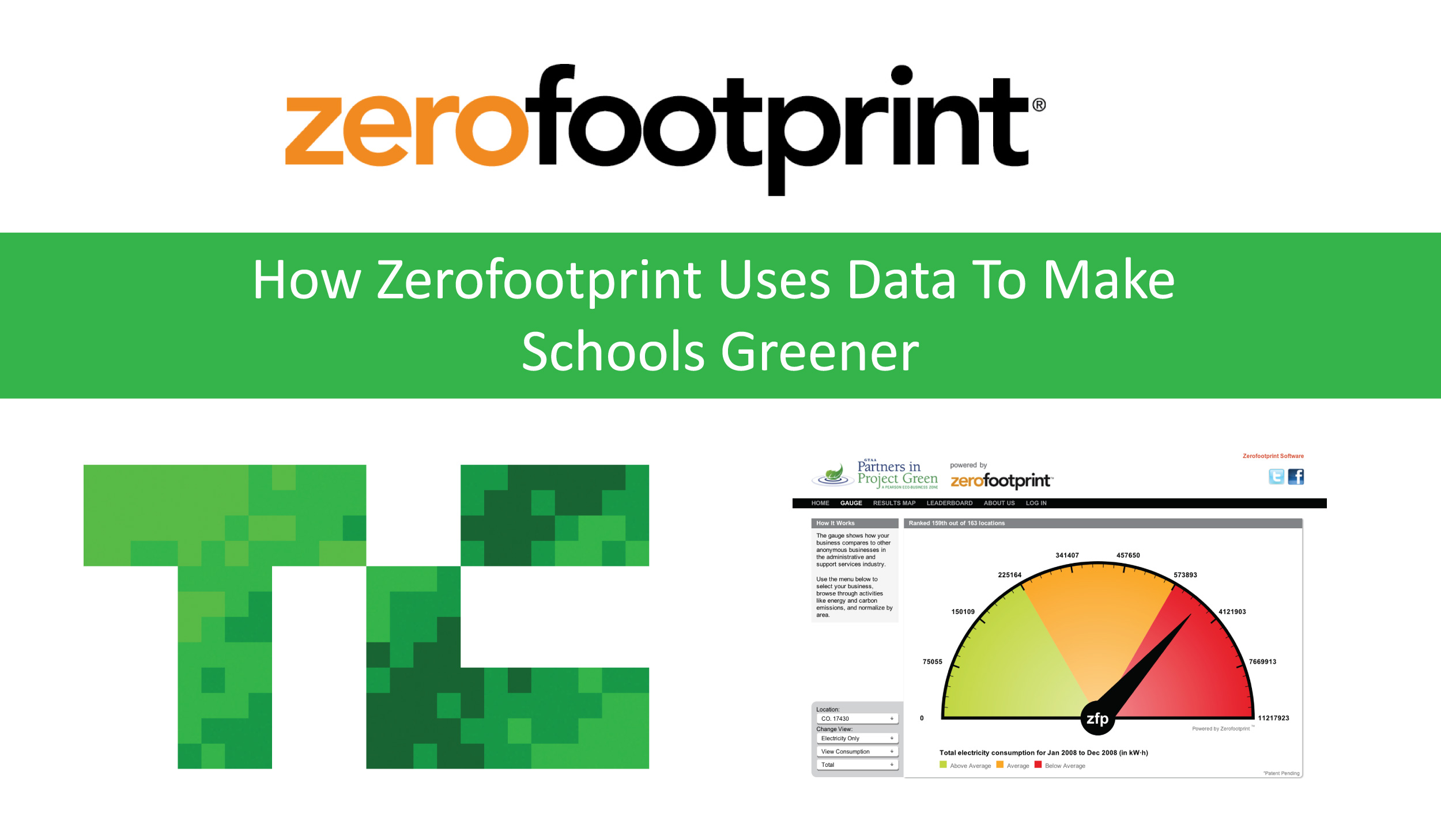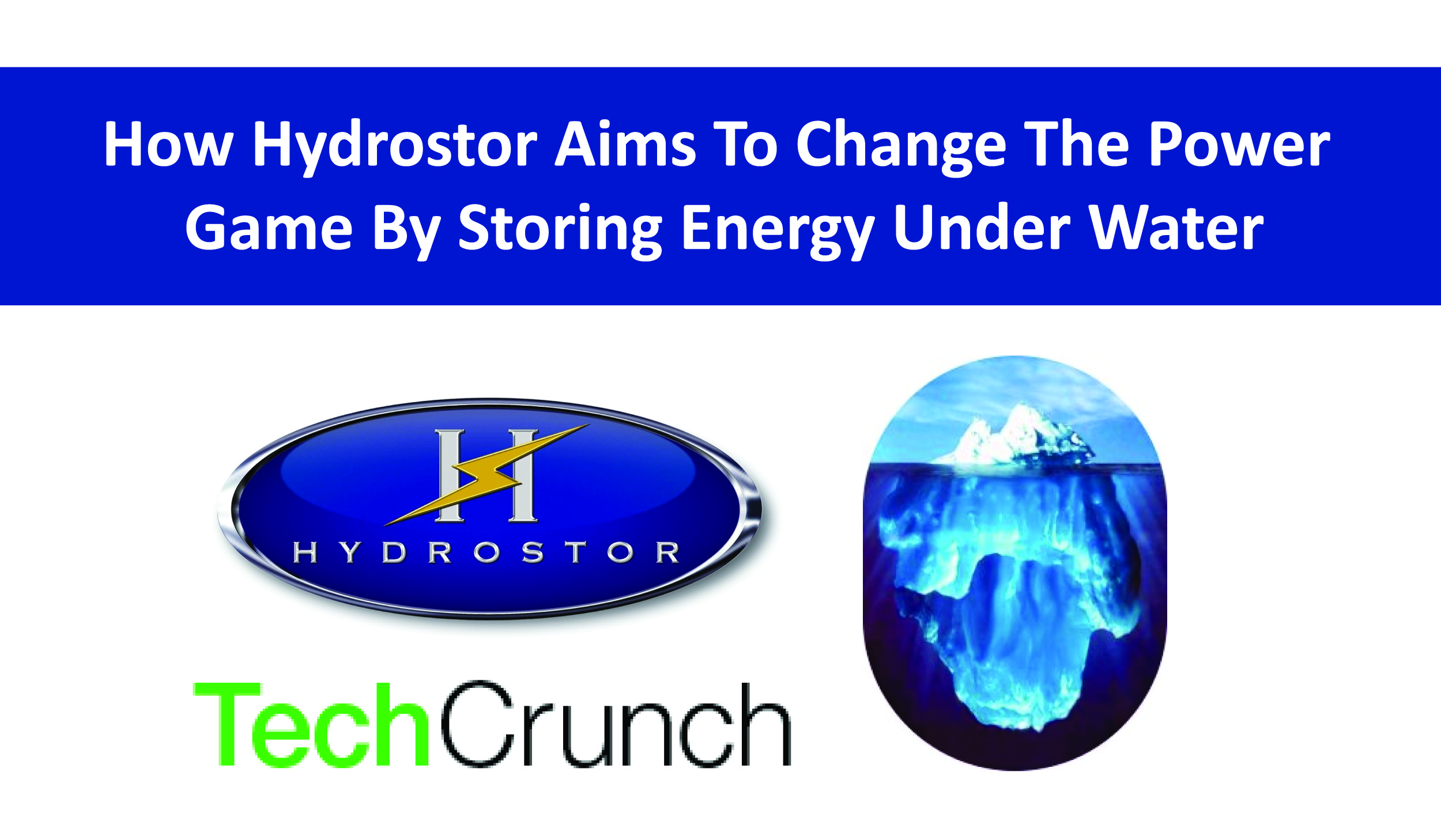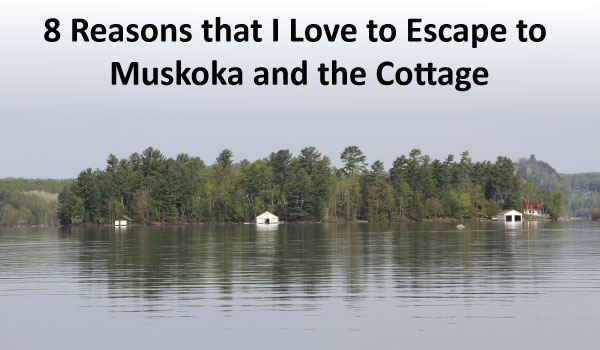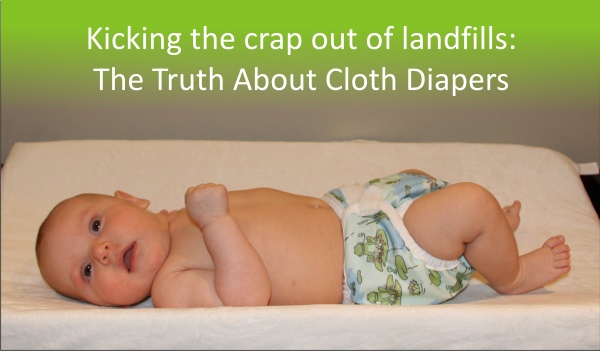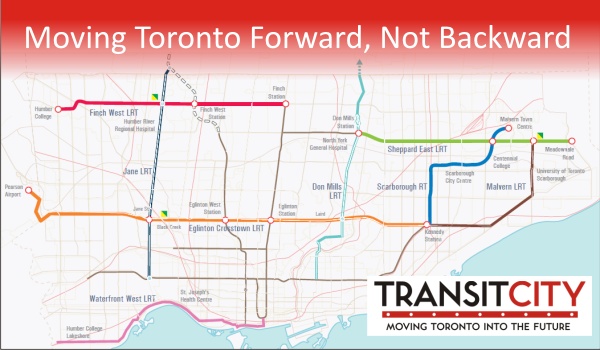he word “green” is tossed around a lot as a catchall term to describe sustainable or environmentally friendly projects, businesses, energy, and more. Green construction and architecture, for one, are proliferating across the world, but when it comes to gauging how “green” a building is, for example, one finds that there are more than a few standards by which to determine its efficiency and sustainability. Enter Toronto-based Zerofootprint: A cleantech software and services company, which is leveraging competitive benchmarking between peers to help determine the “green” factor for any given building. Ron Dembo, the founder of Zerofootprint, contends that, if you want to motivate developers to improve the efficiency of a building, one can’t simply benchmark against everyone else, because each community has a different climate. Thus, the founder says that Zerofootprint aims to focus on benchmarking buildings against other buildings within a community to achieve maximum community efficiency. Zerofootprint uses its mapping and analytics engine to correlate multiple consumption and usage data points, like power usage, costs, emissions, etc., that it then plots on an interactive map for easy viewing. Currently, the company is working with over 100 customers that include entities like school boards and municipalities, and is leveraging its data in school districts to drive change at a school-by-school level. By tracking power usage at this local level, Zerofootprint is quickly able to see which schools are using higher amounts of power and thus incurring a higher cost. Through some quick analysis, it’s able to track and see that a school board may be paying $2,500 per child in electricity vs. $800 in another school, for example. Some of these differences can be traced to age of the building, but another key component is behavior. By sharing this information with key stakeholders (including students, teachers, parents and administrators), the schools can then work to reduce energy costs. It is the hope that by reducing energy costs, school districts can focus on using those funds towards education instead of just keeping the lights on. According to Dembo, through realtime feedback with its system, Zerofootprint has already been able to help certain schools achieve 20 percent energy reduction. He also says that it’s been interesting to see the reaction from stakeholders for installations that have not even taken root. Zerofootprint has recently deployed their solution with the Halton Catholic District School board. “Even in the early stages of this initiative, teachers and principals are excited about using the Zerofootprint tool to engage students and encourage behavioral change when it comes to energy use in our schools. Our Board looks forward to using this tool to track carbon emissions and...
Read MoreThis post was originally posted on Tech Crunch here There has been a fair bit of concern in recent years about the ability of our power plants to supply adequate electricity during periods of peak demand. Hydrostor, a Toronto-based company, is taking a different approach in offering a solution that allows plants to store their power using compressed air in underwater storage tanks. More specifically, Hydrostor takes the excess energy created during periods of off-peak consumption and converts that energy into compressed air via an air compressor, which in turn inflates accumulators placed under the surface of a body of water. The depth of the water keeps the air at a constant pressure, helping to store the energy potential. When power is required, the air is released through an expander and electricity is produced. Through the heat-exchanger, modern compressors and expanders, the system approaches adiabatic operation, achieving efficiencies over 70 percent. This technology has the potential to address the intermittent nature of renewable energy, help decongest transmission and distribution lines, and create better efficiencies of existing generation. To date, Hydrostor has relied heavily on government and research grants to get started. They are now seeking further funding from both private sources and government groups to expand. They are currently in the pilot stage of a number of projects. The benefits are obvious—tapping into a store of power when consumers demand it, rather than constantly maintaining a higher-than-normal supply would create a more efficient network. Hydrostor estimates that over 50 percent of the world’s biggest load centers are located by water and would therefore be candidates for their system. If this model proves true, it would save billions of dollars and the years it takes to build new generators. Hydrostor is not looking to replace new generation projects, but merely to make the existing grid more effective and reliable. The company was founded by Cameron Lewis in 2010 when he identified the need for a more efficient way to store electricity. Cameron estimates that the cost of storing energy using his system is 50 percent cheaper than storing electricity via batteries. He came upon the idea while working at a wind farm in Northern Ontario, and saw the potential of power storage. Alternative power sources, such as wind, require some sort of power storage mechanism to create an augmented base load. For the uninitiated, “base load” refers to the minimum amount of power that a utility or distribution company must make available to its customers at any time. A base load is traditionally created by running plants 24/7 to generate the required energy. One of the traditional knocks against renewable energy...
Read MoreFor the last 20 years, I have been coming to Muskoka (more specifically, Huntsville) for long weekends and vacations. My family has owned a cottage up here for most of this time. Laura and I hope to build our own retreat up here someday soon. Here are some of the things that keep me coming back to Muskoka: Reconnect with Nature – It would be an understatement to say that I am a big tech guy. There isn’t a gadget I don’t own or aspire to possess. I do, however, like disconnecting from technology from time to time. Whether it be the lake, the rocks or the trees, there is something calming about it. Others however don’t like disconnecting. One morning I was sitting on the end of the dock with a fresh cup of coffee. I was enjoying watching the pristine glass smooth water when I saw a man gliding by in a fishing boat. I figured he was getting out early to get some fishing done. Little did I know that he had his laptop out, and was trying to mooch our unprotected Wifi signal. Algonquin Park is only 30 minutes away and always great for a walk through the wilderness. When I was younger I would take my canoe up there and go on adventures into the wilderness. Taking conference calls on the beach – There is something calming about taking a conference call from the beach or from the end of the dock. No matter how stressful the call is or who I am on the call with, having my feet in the lake just seems to be naturally calming. As an aside, I tried the same thing in my office before but unfortunately it didn’t have the desired effect and was frowned on by others in the company. Long afternoon naps – For those who know me, I am usually working crazy hours. It’s a very nice change of pace if I am able to have a good nap and catch up on some sleep. Disconnecting from worrying about a deadline or catching up on work is always a bonus. There is something so disarming about hearing the swaying leaves in the breeze and escaping stress by having a nap on a bed or a hammock. Board games that turn into epic battles – Whether it be a rainy day or a late evening, a good board game can quickly take center stage. Emotions run high as people try to play words in Scrabble that everyone knows aren’t words, or during the frantic race to build the first houses in Monopoly. I am...
Read MoreWhen we began planning for the child who was soon to enter our lives, Joseph and I realized that we had a lot of things to research – nursery furniture, strollers, carseats, etc. In the process of doing this research, we learned more than we had expected about a topic that we had not previously thought much about : diapers. I had always just assumed that everyone used disposable diapers. The words “cloth diapers” conjured up images of my grandmothers, safety pins, and rubber pants. Defintely not something I would want for my baby! However, my opinion slowly began to change. Joseph and I try to live an eco-conscious lifestyle, and the idea of throwing away hundreds of diapers every month just didn’t fit well with our philosophies. We did some more research, and realized that the environmental impact of disposable diapers goes far beyond the ~250 years that they will be sitting in a landfill. Trees are cut down to make the paper products in the diapers, petroleum products are used to process the raw materials, manufacture the diapers and transport them to stores, and other potentially harmful chemicals are used in the manufacturing processes (such as products used to bleach the paper fibres). Suddenly, cloth diapers were starting to look a lot better! Doing some more research, we realized that cloth diapers worked out to be significantly cheaper than using disposables. Although there is a significant “start-up cost” (most people find it to be around $300 – 400), we estimate that we will save ~$1500 during the time until potty training. This doesn’t include the fact that we can use the cloth diapers for more than one child! Even if you factor in a small increase in the cost of utilities each month (to launder the diapers), cloth diapers still come out to be quite a bit cheaper than disposables. But, my brain screamed, what about the “ick” factor? What about all the extra work it takes to do all that laundry? Is it really any more environmentally friendly if I’m going to be using more water doing laundry? Well, after weighing these questions, we eventually decided to just jump in with both feet and give cloth diapering a try. Well, it turns out that cloth diapers have come a LONG way from our grandparents’ era. There are now many different options for how to cloth diaper your baby. After some careful research, we settled on a couple different options. We started with a Bummis kit – 24 prefold diapers with 6 waterproof covers. I was pleasantly surprised to find that the covers were absolutely adorable, and...
Read MoreIt’s 5:45 am on a winter morning, and I’m standing at a TTC bus stop, anxiously awaiting the bus. It arrives, full of other commuters making their way downtown to begin their work days. Like many Torontonians, Joseph and I live outside the downtown core. We love our home and our neighbourhood (Don Mills), but living outside the downtown core means that having a car is a necessity. In an effort to be frugal and environmentally conscious, we share one vehicle. This means that one of us is often using the TTC. That said, it was with dismay that we heard about Rob Ford’s immediate decision to scrap the Transit City project on his first day as mayor. We had been eagerly looking forward to the planned Don Mills and Eglinton crosstown LRT lines, as our only current connection to the subway is a series of buses that are often overcrowded and running late. Ford’s move to cancel the Transit City LRT plan (a plan that has been in the works for years) and instead build a much smaller new subway line (at a much greater cost) seems shortsighted at best, and downright foolish at worst. Toronto is one of the 10 largest cities in North America, and is recognized as being a major world city. Our multicultural city and its many internationally known events (TIFF, anyone?) offer much to tourists. However, when compared to other international cities, our transit system is severely lacking. I have had the opportunity to use public transit in New York, London, and Berlin, all of which have significantly better-developed subway and rail systems in comparison to Toronto. In this age of enhanced environmental awareness, Ford seems to have forgotten that Torontonians living to the east, west and north of the downtown core often have limited access (at best!) to public transit. He has declared the Transit City plan a “war on cars”. Should we not have a “war on cars”, knowing what we do about the importance of reducing our carbon emissions? This is important from a public health standpoint as well as from an environmental standpoint. While we certainly agree that the ideal solution (as Ford has proposed) is a much more extensive subway network, it certainly doesn’t seem financially feasible at this juncture. Although LRT does have its cons (yes, it does share the same road space as cars – but wouldn’t the purpose of LRT be to help get more people out of their cars and on to public transit?), we desperately need to push forward with a transit solution to help the “out of downtown” population move around the...
Read MoreChristmas soon approaches and we are all getting our holiday decorations ready. I truly know Christmas is right around the corner when it is time for us to get our tree. My wife and I moved out of our parents’ homes over 7 years ago, and going out to find a tree each year is one of our favourite traditions. Although, I will say that as much as we love getting a tree, there have been many times when the set-up of said tree has led some some very “animated discussions”. Animated discussions aside, we have so much fun doing it and love seeing the final product. Now to the issue at hand, real tree or fake tree? I have always advocated for a real tree over a fake tree. Now the question? Why one over the other? 1. I like the smell of a real tree There is nothing quite like the smell of a real tree. Christmas, in my opinion, is always about senses, whether it be the smell of cookies baking, the sight of lights twinkling, the sound of singing, or a hug from someone you haven’t seen in a long time. As I write this blog, I am smelling the a beautiful real tree and it brings back memories of Christmases past. 2. Real Trees are better for the environment There is a lot of conflicting information on this, but when I look at the facts I can’t see how fake trees are better for the environment. Now, without this devolving into a point for point discussion of the pros and cons of why real trees are better, I will make a few quick points. First, anything made in nature versus in a factory will likely be better for the environment. Nature is pretty amazing at making things, whether it be food or trees for Christmas. I can’t see how we could make it more efficiently than nature could. There is something about shipping a man-made tree half way across the world in a cargo container that just seems wrong. 3. The experience of going out to get a tree For those that know me, I am really big on experience. I do like the destination but I really love the journey. Going out to get a Christmas tree is always a fun experience. Whenever I pick out a Christmas tree with my wife we turn into discerning experts. Like a expert jeweler evaluating a fine jewel or a wine lover swirling a glass of wine around, we are serious about our trees. Realistically though, that all goes out of the window when we see a tree and our...
Read More